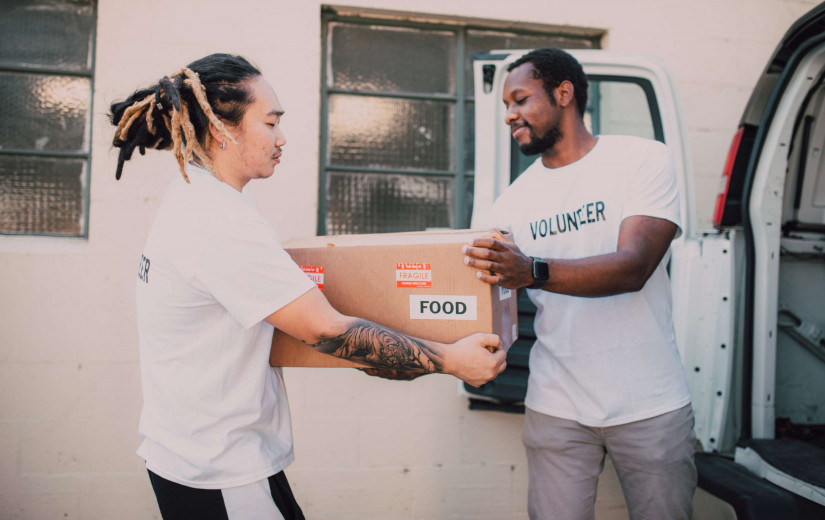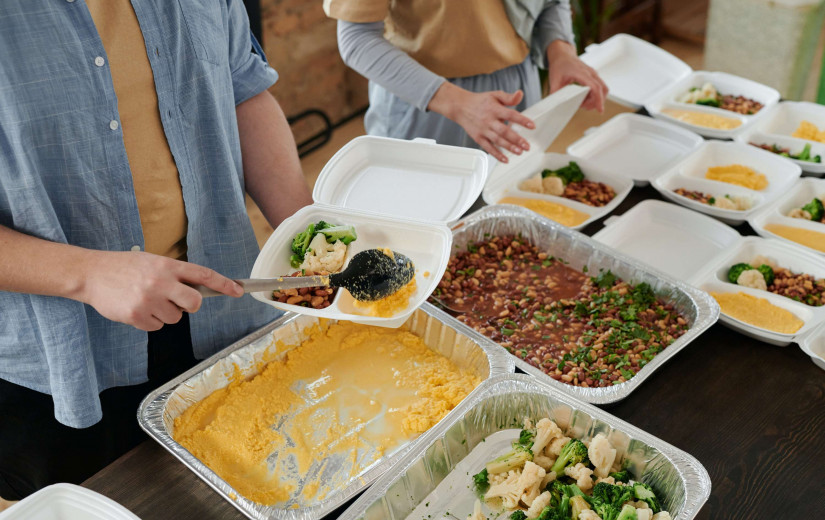The Intersection of Art and Assistance: A Closer Look at SNAP Benefits for Creatives
In an enlightening piece by The New York Times, the spotlight shines on an engaging ethical discussion. It revolves around an emerging artist who, dedicating her life to her craft, leans on the Supplemental Nutrition Assistance Program (SNAP) to make ends meet.
This individual, a holder of a degree from a prestigious college, chooses a path less traveled; prioritizing painting over a conventional 9-to-5, she supplements her income with a part-time teaching position and occasional financial support from family.
Kwame Anthony Appiah, the column's ethical guide, unwraps the layers of this situation, probing not just the legal angles but the intricate moral fabric surrounding this decision.
The heart of the matter, as Appiah presents it, is not just about meeting the requirements for SNAP but pondering over the deeper obligations we owe to our community and the essence of meaningful work.
Related Article: Fighting Discrimination: How To Report Retailers Who Discriminate Against Food Stamp Users
In a society where productivity and contribution are key yardsticks, the artist’s choice sparks an essential conversation on the value and recognition of artistic pursuits.
By pointing out the absence of a limit to the number of beneficiaries under SNAP, Appiah navigates past the concern of depriving others, instead inviting reflection on the cornerstone beliefs about labor, leisure, and assistance.
This dialogue respectfully questions the long-held ideals about work ethics and societal support, specifically contemplating whether those engaged in culturally enriching yet low-income professions like art should lean on government aid.
Here, the topic transcends traditional scrutiny, challenging the public perception of the worth and impact of different professions and the adequacy of support funneled towards the arts.
Touching on both historical viewpoints and modern dilemmas, the conversation delves into the core of what we deem necessary and valuable in work.
It suggests a broader, inclusive definition of contribution to society, encompassing those whose passions and vocations enrich the cultural fabric but don’t always promise financial stability.
Must Read: SUN Bucks By SNAP Supporting Families With Children During School Vacation

















